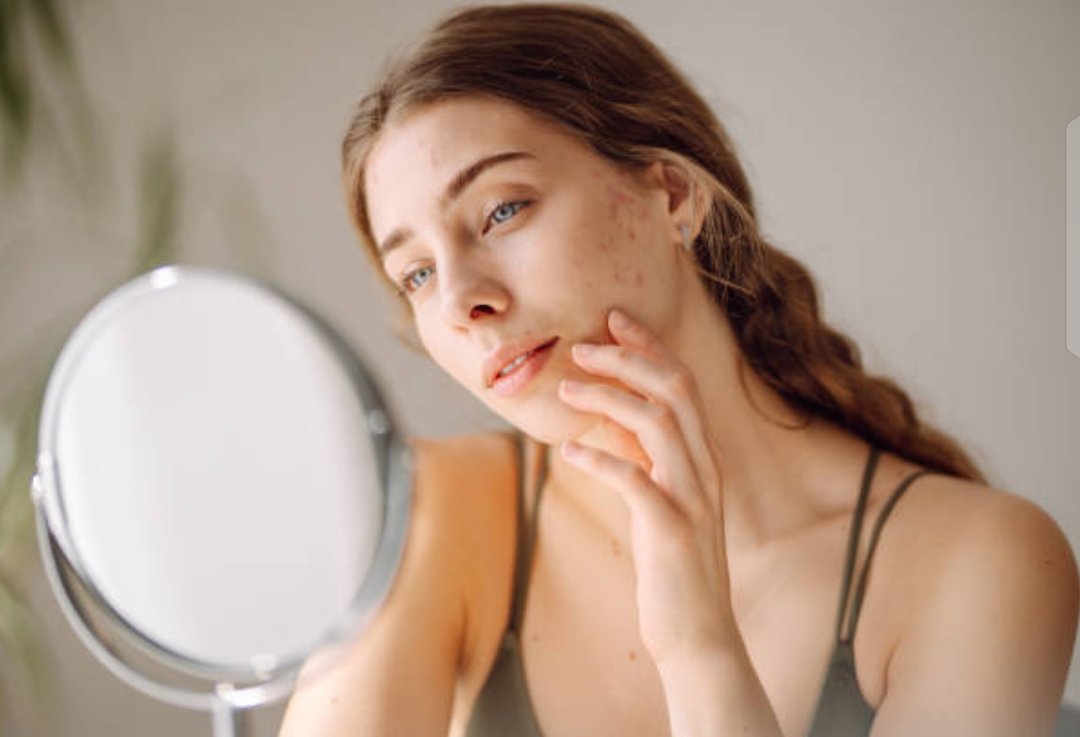Makeup is a staple in many people’s daily routines, offering a way to enhance features and boost confidence. However, if you’ve ever noticed breakouts after applying makeup, you might wonder if your beauty products are the culprit. Certain makeup products can indeed contribute to pimples, especially if they clog pores or irritate the skin. Understanding how makeup can cause breakouts and how to prevent them is crucial for maintaining clear skin. In this article, we’ll explore the connection between makeup and pimples and how using a pimple patch can help manage breakouts.
Ingredients to Watch Out For
Not all makeup products are created equal, and some contain ingredients that are more likely to cause pimples. Comedogenic ingredients, which can block pores, are a primary concern. These include certain oils like coconut oil and heavy, waxy substances such as lanolin and isopropyl myristate. When these ingredients settle into your pores, they can trap oil, dirt, and bacteria, leading to the formation of pimples.
If you’re prone to breakouts, it’s essential to choose non-comedogenic makeup products that are formulated to avoid clogging pores. Reading labels and being aware of these ingredients can significantly reduce the risk of makeup-induced pimples. However, if you do experience a breakout, applying a pimple patch to the affected area can help. A pimple patch works by absorbing excess oil and bacteria, speeding up the healing process, and preventing further irritation.
Makeup Application Techniques
How you apply makeup can also influence whether or not you develop pimples. Using dirty makeup brushes or sponges can introduce bacteria to your skin, which can lead to breakouts. Additionally, applying makeup too heavily or layering multiple products can suffocate the skin, increasing the likelihood of clogged pores.
To reduce the risk of pimples, clean your makeup tools regularly and be mindful of how much product you’re applying. Opt for lighter, breathable makeup and avoid excessive layering. If you notice a pimple forming after a day of wearing makeup, using a pimple patch overnight can be an effective way to treat it. The patch will draw out impurities while creating a protective barrier, allowing your skin to heal without additional irritation.
The Role of Makeup Removal
One of the most critical steps in preventing makeup-related pimples is proper makeup removal. Leaving makeup on overnight can clog pores, trapping oil and bacteria on your skin’s surface. This not only increases the likelihood of pimples but can also lead to more severe skin issues over time.
Always remove your makeup thoroughly before going to bed, using a gentle cleanser that effectively dissolves makeup without stripping your skin of its natural oils. Following up with a toner can help remove any residual makeup and restore your skin’s pH balance. If you do experience a breakout despite your best efforts, applying a pimple patch to the affected area can provide targeted relief. A pimple patch helps reduce redness and swelling while preventing further contamination, making it an excellent tool in your skincare arsenal.
Choosing the Right Products for Your Skin Type
Different skin types react differently to makeup products. For example, oily skin is more prone to developing pimples from heavy or oil-based products, while dry skin may experience irritation and breakouts from products that are too harsh or drying. Understanding your skin type and choosing makeup accordingly is key to preventing pimples.
For oily or acne-prone skin, opt for oil-free, non-comedogenic foundations and powders. If your skin is dry, look for hydrating makeup formulas that are gentle and won’t clog pores. Regardless of your skin type, using a pimple patch when you notice a breakout can help manage the situation quickly and effectively. The patch will not only treat the pimple but also protect it from further irritation, helping to keep your skin clear.
Conclusion
Certain makeup products can indeed cause pimples, especially if they contain comedogenic ingredients or are applied improperly. Understanding the connection between makeup and pimples is crucial for anyone who wants to maintain clear, healthy skin. By choosing non-comedogenic products, practicing good makeup hygiene, and ensuring proper makeup removal, you can significantly reduce the risk of breakouts. And when pimples do occur, using a pimple patch can provide an effective solution by treating the pimple and preventing further irritation. By taking these steps, you can enjoy the benefits of makeup without compromising your skin’s health.
